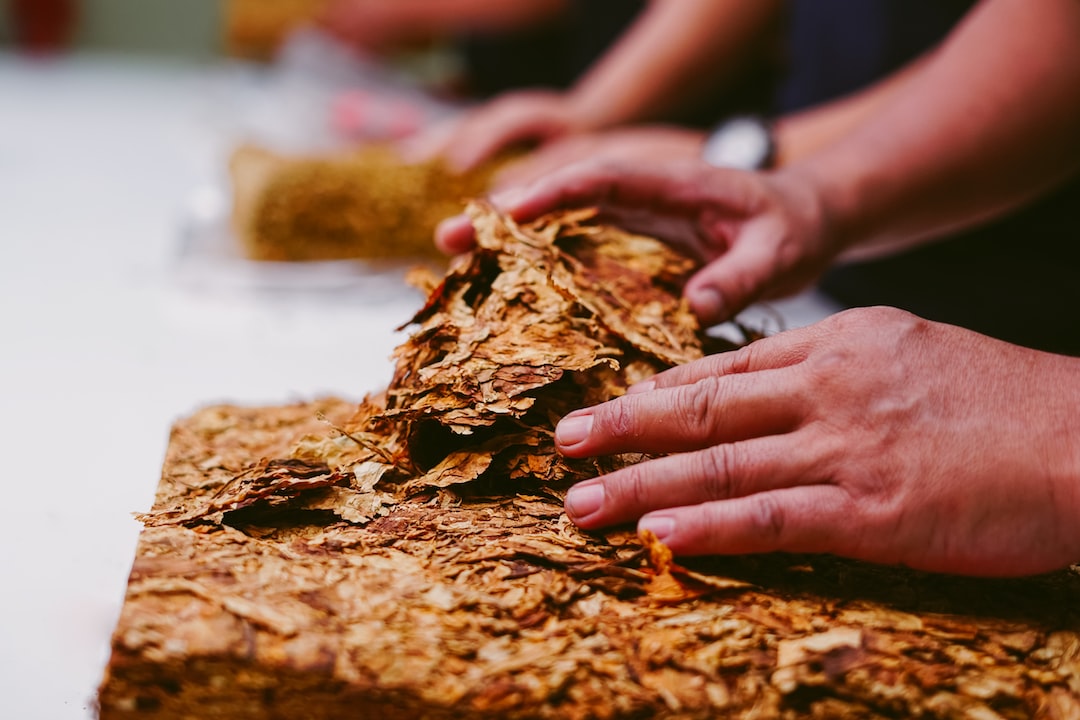Flavored cigarettes, cigars, shisha and e-cigarettes lure youth into nicotine addiction. These products, including menthol cigarettes and flavored cigars, contain the same harmful chemicals and carcinogens as cigarettes and can cause serious health risks. Research shows flavored tobacco products are more addictive and harder to quit than non-flavored cigarettes.
Addiction
Flavorings, especially fruit and candy flavors, play a key role in encouraging youth and young adults to try and continue to use tobacco. 85% of youth and young adult current tobacco users report that their first product was flavored. Another finding from a recent study was that persons who have smoked tobacco are less likely to quit for a short period when using flavored goods. Tobacco companies add flavors to their tobacco products to mask the harshness and to make them more appealing and easier to inhale. Over 15,586 tobacco and e-cigarette-related flavors are on the market, including kid-friendly names. These kid-friendly flavors entice children and young adults to try and continue using cigarettes, cigars, and other smokeless tobacco and vapor products.
Research has shown that the banned flavored tobacco products reduce youth smoking initiation and other forms of tobacco product use. Future studies should examine and assess the design and implementation of tobacco flavor sales limitations, including municipal and state-level bans on menthol cigarettes and other flavored tobacco products. It will help to increase the impact of these laws. It could help improve the effectiveness of such tobacco control policies and ultimately save a generation of kids from tobacco addiction.
Health Risks
Flavored tobacco products are marketed with sweet, candy-like flavors and colorful packaging to attract youth. Big Tobacco knows that flavorings make these products more appealing to first-time users and make it harder for them to quit. Many individuals are unaware that flavored tobacco contains toxic chemicals and other hazardous substances that can cause cancer, heart disease, stroke, and respiratory problems. Using flavored tobacco increases your risk of using other tobacco products and nicotine addiction. 80% of young smokers started with a flavored product. A study published in 2021 in JAMA Pediatrics compared the behavior of students living in cities with and without flavored tobacco restrictions. Researchers found that a town with a flavored tobacco restriction saw a decrease in current cigarette and vaping use, while the cities without the restrictions experienced an increase. These findings highlight the importance of local-level tobacco prevention policies. Discussing with children and teenagers early on the risks of tobacco and flavored tobacco is also crucial before they enter puberty. Research shows that kids and teens who are exposed to flavored tobacco are more likely to start smoking and they’re more likely to become addicted.
Adolescence
Adolescence is a critical time when the brain is developing, and young people are at high risk of becoming addicted to tobacco products. Flavored tobacco products, including e-cigarettes, cigars, shisha and chewing tobacco, are much more attractive to youth because they have sweet flavors and are less expensive than cigarettes. These flavorings mask the harshness of smoke and make it easier for youth to experiment with tobacco—more than 80 percent of youth who ever use tobacco report that they started with flavored products.
Cigarettes flavored with candy and fruit encourage youth experimentation, regular use, and addiction, ultimately leading to tobacco dependence. It is why the 2009 Family Smoking Prevention and Tobacco Control Act banned flavored cigarettes, except for menthol. Many localities and states have passed laws restricting flavored tobacco product sales. However, these restrictions do not include all flavored tobacco products, and research has shown that youth still access flavored tobacco even in areas with bans. Flavors like strawberry, vanilla and bubblegum are especially appealing to youth, and they play a role in encouraging the use of flavored e-cigarettes and other tobacco products. Policies that outlaw the sale of flavored tobacco products, such as menthol cigarettes, can reduce the number of adolescents who start using tobacco and lead to the development of the first smoke-free generation.
Marketing
A long-standing strategy for Big Tobacco to attract youth and first-time users is offering various flavors, often in brightly colored packages. Flavored tobacco products are more appealing to youth than plain cigarettes and other smokeless forms of tobacco, as well as e-cigarettes because they do not have the strong, harsh taste associated with traditional smoking. More than four out of five young adults who use tobacco products report their first experience with flavored tobacco products. While federal law prohibits the inclusion of characterizing flavors in cigarette packaging, these flavorings are used in many other types of tobacco and e-cigarette products, including open-system e-cigarettes, disposable e-cigarettes, cartridge-based e-cigarettes, cigars and hookah. They are also widely available at retail outlets and online in a wide array of fruit, candy, dessert and cocktail flavors such as strawberry margarita, sour apple, pina colada and cotton candy.
The enticing flavors of these products make them more appealing to youth and first-time users and increase their likelihood of consuming additional tobacco and e-cigarette products, such as mint, menthol and other flavor varieties, which have been linked to higher use levels. Tobacco companies exploit the appeal of these flavored tobacco products by aggressively marketing them to youth, low-income communities, the LGBTQ+ community and communities of color through TV advertisements and social media promotion.



